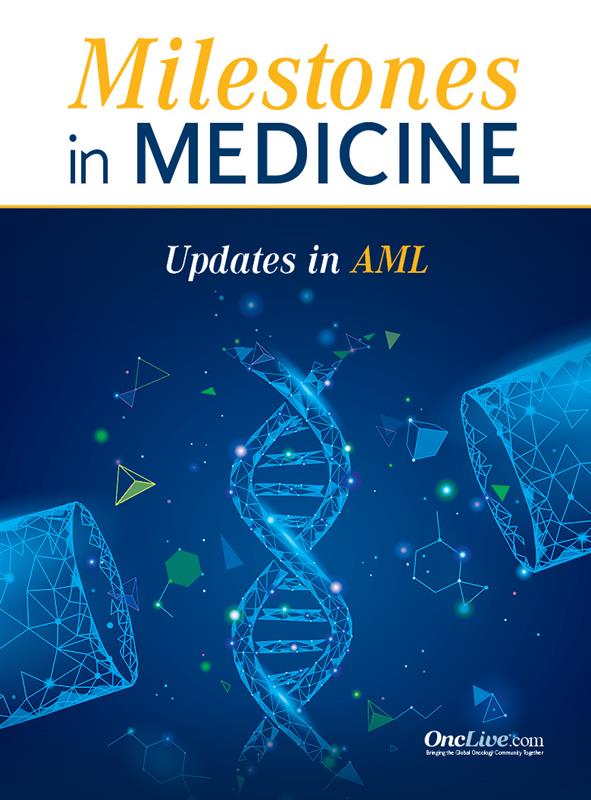Publication
Video
Supplements and Featured Publications
Dr. Stone on the Use of E-selectin as a Target to Overcome Treatment Resistance in AML
Author(s):
Richard M. Stone, MD, discusses potential ways to address drug resistance in acute myeloid leukemia by targeting E-selectin.
Richard M. Stone, MD, chief of Staff, director, Translational Research, Adult Leukemia Program, Lunder Family chair in Leukemia, Dana-Farber Cancer Institute, physician, professor of Medicine, Harvard Medical School, discusses potential ways to address drug resistance in acute myeloid leukemia (AML) by targeting E-selectin.
Treatment resistance remains one of the biggest challenges within AML, and more research needs to focus on overcoming this resistance, Stone says. The protected stem cell niche in the bone marrow harbors AML cells, protecting them with surrounding immune cells and vascular endothelial cells, Stone explains. However, freeing AML cells from the stem cell niche could make them more susceptible to death by traditional chemotherapy or targeted therapy, Stone adds.
The E-selectin ligand system represents one of several interaction points between leukemia cells and host cells, according to Stone, who explains that an E-selectin inhibitor could help liberate AML cells and make them vulnerable to chemotherapy and other agents.
Uproleselan (GMI-1271) is an example of an E-selectin inhibitor currently under investigation in AML, Stone says. The combination of uproleselan and chemotherapy displayed early efficacy in patients with relapsed/refractory AML and in those with newly diagnosed disease in a phase 1/2 trial (NCT02306291). Randomized trials could further define the benefit of uproleselan for this patient population, Stone concludes.










